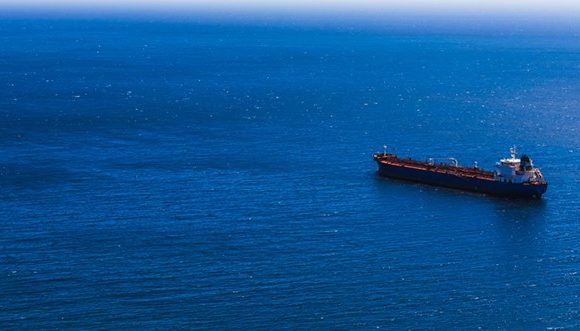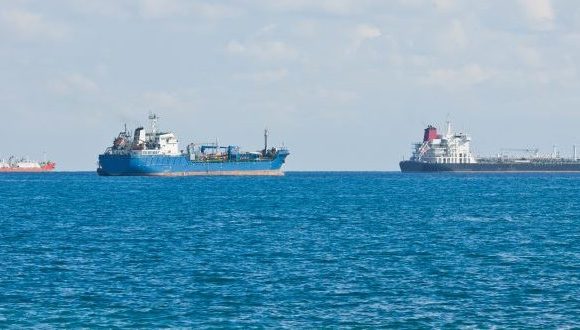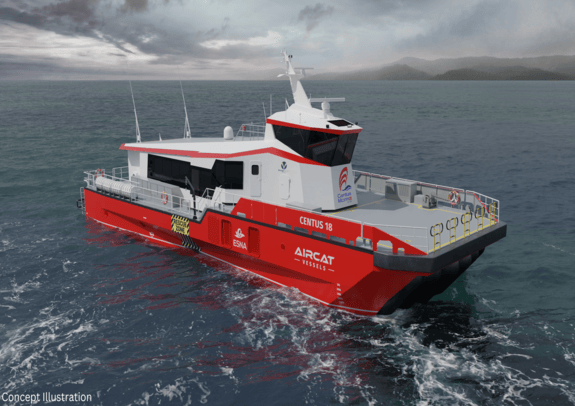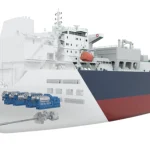Ballast Water Management: The Unpredictable Voyage of Aquatic Invaders
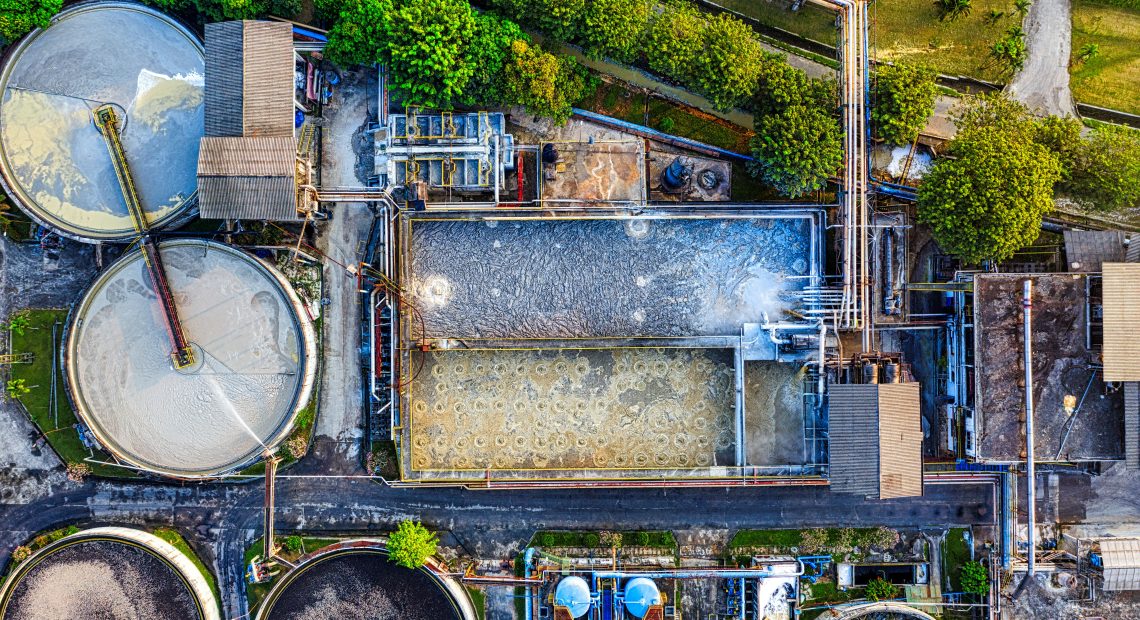
Ballast water management is an essential aspect of shipping operations that many people are unaware of. This process involves the removal and treatment of ballast water, which is used to stabilize ships when they are not carrying cargo. Although this may seem like a simple process, it has a significant impact on the environment and human health. In this blog post, we will explore the importance of ballast water management and why it should be taken seriously.
What is Ballast Water Management?
Ballast water is used to keep a ship stable when it is not carrying cargo. When a ship is loaded with cargo, it sits lower in the water, which provides stability. However, when a ship is empty, it sits higher in the water, making it more susceptible to tipping over in rough seas. To prevent this from happening, ships take on ballast water, which is pumped into tanks located in the lower parts of the ship. This water provides the necessary weight to keep the ship stable.
However, ballast water can contain a variety of organisms, including bacteria, viruses, plankton, and even fish and other aquatic animals. These organisms can be harmful to the environment and human health if they are introduced to new areas where they are not native. For example, if a ship takes on ballast water in one location and discharges it in another, the organisms in the water may be introduced to a new ecosystem, where they can outcompete native species, alter the food chain, and cause other problems.
Why is Ballast Water Management Important?
The International Maritime Organization (IMO) estimates that ships transport around 90% of the world’s goods. This means that ballast water is being transferred around the world on a massive scale. If this water is not managed properly, it can have devastating effects on the environment and human health.
One example of the impact of ballast water is the zebra mussel. These small freshwater mussels are native to Eastern Europe and Western Asia. In the 1980s, they were introduced to the Great Lakes in North America through ballast water discharge. Since then, they have spread to many other waterways in the United States and Canada, causing significant ecological and economic damage. Zebra mussels can attach themselves to boats, docks, and other structures, causing damage and clogging water intake pipes. They also outcompete native species for resources, which can lead to the collapse of entire ecosystems.
Another example is the cholera bacterium. In the 1990s, an outbreak of cholera occurred in South America, which was traced back to ballast water discharge from a ship that had taken on contaminated water in Southeast Asia. The outbreak caused more than 10,000 deaths and highlighted the potential health risks associated with ballast water discharge.
In response to these and other incidents, the IMO adopted the International Convention for the Control and Management of Ships’ Ballast Water and Sediments in 2004. This convention requires ships to manage their ballast water to reduce the risk of introducing harmful organisms to new areas.

How is Ballast Water Managed?
There are several methods for managing ballast water, including:
Exchange: This method involves replacing the ballast water taken on in one location with seawater from another location. The exchange must take place in an area where the water is at least 200 meters deep, and the ship must exchange at least 95% of the ballast water.
Treatment: This method involves treating the ballast water to remove or kill any organisms in the water. There are several treatment options available, including filtration, ultraviolet light, and chemical treatments.
Discharge: This method involves discharging the ballast water into a treatment facility or onshore disposal facility. This method is less common due to the high cost associated with it.
While these methods can be effective in reducing the risk of introducing harmful organisms to new areas, they also come with their own set of challenges. For example, exchanging ballast water can be difficult in certain areas, such as shallow harbors or narrow waterways. Treatment systems can also be expensive to install and maintain, and there is no one-size-fits-all solution that works for every ship.
Despite these challenges, ballast water management is essential for protecting the environment and human health. The IMO estimates that the global cost of invasive species caused by ballast water discharge is around $120 billion per year. This includes costs associated with lost revenue from fishing and other industries, damage to infrastructure, and the cost of controlling and eradicating invasive species.
In addition to the economic costs, invasive species can also have significant ecological and social impacts. For example, invasive species can lead to the loss of biodiversity, changes in ecosystem functioning, and increased risk of disease transmission. These impacts can be especially severe in developing countries, where communities depend on natural resources for their livelihoods.
Conclusion
Ballast water management may not be a topic that gets a lot of attention, but it is a crucial aspect of shipping operations that has significant implications for the environment and human health. While there are challenges associated with managing ballast water, there are also solutions available that can reduce the risk of introducing harmful organisms to new areas. By taking this issue seriously and implementing effective ballast water management practices, we can help protect our oceans, waterways, and communities from the negative impacts of invasive species.
Resources
Ballast Water Management
Ballast Water: Japan Ratifies IMO Ballast Water Convention

